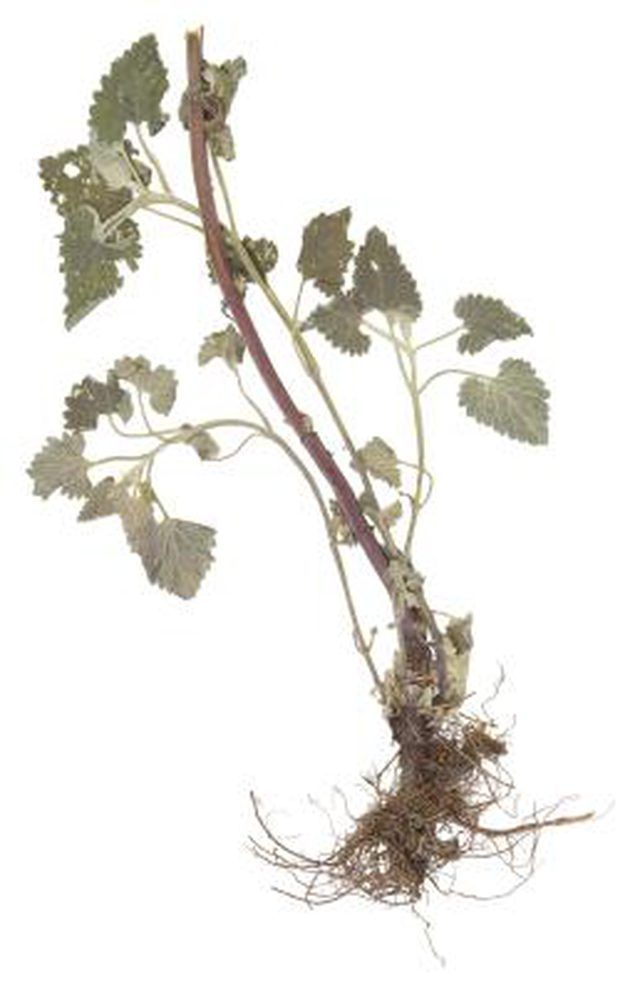Bulbs
Flower Basics
Flower Beds & Specialty Gardens
Flower Garden
Garden Furniture
Garden Gnomes
Garden Seeds
Garden Sheds
Garden Statues
Garden Tools & Supplies
Gardening Basics
Green & Organic
Groundcovers & Vines
Growing Annuals
Growing Basil
Growing Beans
Growing Berries
Growing Blueberries
Growing Cactus
Growing Corn
Growing Cotton
Growing Edibles
Growing Flowers
Growing Garlic
Growing Grapes
Growing Grass
Growing Herbs
Growing Jasmine
Growing Mint
Growing Mushrooms
Orchids
Growing Peanuts
Growing Perennials
Growing Plants
Growing Rosemary
Growing Roses
Growing Strawberries
Growing Sunflowers
Growing Thyme
Growing Tomatoes
Growing Tulips
Growing Vegetables
Herb Basics
Herb Garden
Indoor Growing
Landscaping Basics
Landscaping Patios
Landscaping Plants
Landscaping Shrubs
Landscaping Trees
Landscaping Walks & Pathways
Lawn Basics
Lawn Maintenance
Lawn Mowers
Lawn Ornaments
Lawn Planting
Lawn Tools
Outdoor Growing
Overall Landscape Planning
Pests, Weeds & Problems
Plant Basics
Rock Garden
Rose Garden
Shrubs
Soil
Specialty Gardens
Trees
Vegetable Garden
Yard Maintenance
How to Get Rid of Perennials
How to Get Rid of Perennials. A weed is any plant growing in the wrong place, so whether perennials are ornamental or wild, the methods of control are the same. Perennial plants grow for three years or more, and often put down deep roots or spread sideways through specialized stems. Removing plants with all parts intact is essential for control,...

A weed is any plant growing in the wrong place, so whether perennials are ornamental or wild, the methods of control are the same. Perennial plants grow for three years or more, and often put down deep roots or spread sideways through specialized stems. Removing plants with all parts intact is essential for control, but this is difficult with large or deep-rooted perennials. Instead, you can kill most unwanted plants by covering them with light-excluding fabric for six months. Spraying with a systemic herbicide, which kills plant roots, is a faster alternative for gardeners who don't mind using chemicals.
Things You'll Need
Trowel
Hoe
Landscape fabric or black plastic
Stones
Systemic herbicide
Dig up small perennial weeds with a trowel, taking care to remove the entire root system and runners or shoots growing from the base of the plant.
Cut perennials off at their roots with a hoe. Remove all plant foliage, and then cover the ground with landscape fabric or black plastic. Weigh the material down with stones or bury the edges under soil to keep it in place on windy days. Leave the sheeting in place for one growing season and cut off any shoots that emerge from beneath it. Remove the sheeting in winter.
Crush or cut perennial foliage before spraying all plant parts with a ready-to-use systemic herbicide, such as 2 percent glyphosate, until thoroughly wet. Remove dead foliage after two or three weeks, after you see that the herbicide has taken effect.
Tips & Warnings
You can grow plants on ground covered by landscape fabric or black plastic by cutting holes and planting into the soil beneath. Water the ground before spreading the sheeting, and remove any perennial weeds that grow through the holes.
Cover landscape fabric in a mulch, such as wood chippings or shredded bark, and leave it in place for long-term weed control.
Repeated hoeing kills perennial weeds eventually, by exhausting their roots, but this may take a year or two to take effect.
Glyphosate herbicide kills most plants. Cover up desirable plants with cardboard when spraying; don't spray on windy days when there is a chance of drift.
Don't apply systemic herbicides if rain is forecast. Rain washes the chemicals off leaves before they've been absorbed.
Wear protective clothing, including long-sleeved shirts, long pants and work gloves when applying herbicide.
Don't put perennials in compost bins, where they can resprout.